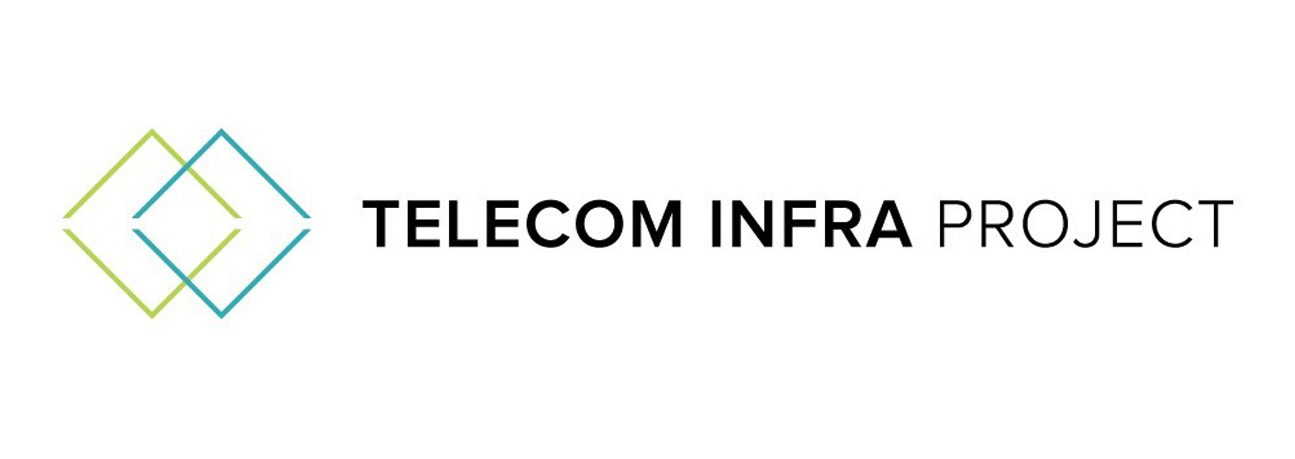By Semir Hassanaly, Head of Cellular Backhaul and Trunking, ST Engineering iDirect
In our digital world, it is increasingly evident that internet and voice services – and access to them – has become an absolute necessity. According to the International Telecommunication Union (ITU), almost half of the world’s population lacks access to the internet entirely, particularly in emerging regions. This means that Mobile Network Operators (MNOs) must work to bridge that gap and expand voice and data capabilities into less accessible corners of the developed world or in the unconnected rural areas. This is a massive challenge for MNOs given connectivity may be hard and costly to deploy due to geography and low population density.
A lack of access to the internet hinders society’s response to unexpected events, and it has been shown to limit social and economic growth. Research has shown that connectivity can have a life-changing impact for unconnected remote communities. The World Bank estimates that for every 10 percent increase in high-speed internet connections, a country’s gross domestic product rises approximately by 1.4 percent. Most people, especially in emerging markets, access the internet on a mobile phone.
Though the cost of handsets is decreasing, they are still unaffordable in many places and the cost of data plans are also out of the question for many. However, the popularity of the mobile phone is such that operators will have to supply remote coverage that can handle not only traditional voice but new, data-heavy applications as well.
Telecom Infrastructure Project
Advances in ground segment satellite technology and lower-cost access networks will support future growth for ultra-rural networks that demand scalable, flexible and high performing platforms as well as advanced technologies that provide very high efficiency.
Back in 2016, Facebook, along with partners Deutsche Telekom, Intel, Nokia, and SK Telecom, launched the Telecom Infrastructure Project, known as TIP, to help accelerate the development and deployment of open, disaggregated, standards-based solutions with the goal of delivering high quality connectivity on a global scale.
At ST Engineering iDirect, we are proud to be involved with TIP. As a leader in satellite ground infrastructure and solutions for the cellular backhaul and trunking markets it’s critical that we collaborate with leading, like-minded players to develop solutions for MNOs to extend their reach and solve the growing connectivity issues.
Within the parameters of ARPU, data usage and the size of communities, TIP has highlighted that a viable business case for ultra-rural connectivity can be put forward.
The best way to lower ARPU is with new, cost-effective technologies such as small cells and new and advanced satellite technologies as well as Open RAN and disaggregated RAN. It’s these kinds of developments that will facilitate a valid rural connectivity business case. In order for a competitive Total Cost of Ownership (TCO) to be achieved, all aspects related to OPEX, CAPEX, performance and even customer experience need to be taken into account to adhere to strict Service Level Agreements (SLAs) that MNOs will impose.
From the Ground Up
Advances in ground segment satellite technology and lower-cost access networks will support future growth for ultra-rural networks that demand scalable, flexible and high performing platforms as well as advanced technologies that provide very high efficiency. The networks must also be able to leverage different cost-effective frequency bands with high Quality of Service (QoS). There are new methods to compress, optimize, and manage large amounts of data such as video seamlessly over satellite networks. Sophisticated bandwidth management capabilities are improving the end-user experience and satisfying demanding applications.
For CAPEX considerations, terminals are key to TCO for rural deployment and network operators must be at the right price point for the required throughput, as well as offering the range to accommodate the multiple network configurations they may have to deploy in the future.
To hear more about how to improve the business case for rural connectivity, tune into the TIP Rural Site Configuration PlugFest Workshop, October 20-22. I have the pleasure of speaking on two panels that promise to be extremely informative: Rural Site – Total Cost of Ownership (Panel #1) and Rural Site Deployment Best Practices (Panel #3).
Please join me. For more information and to register, visit: https://hopin.to/events/rural-site-configuration-plugfest-workshop, #TIPPlugFest
